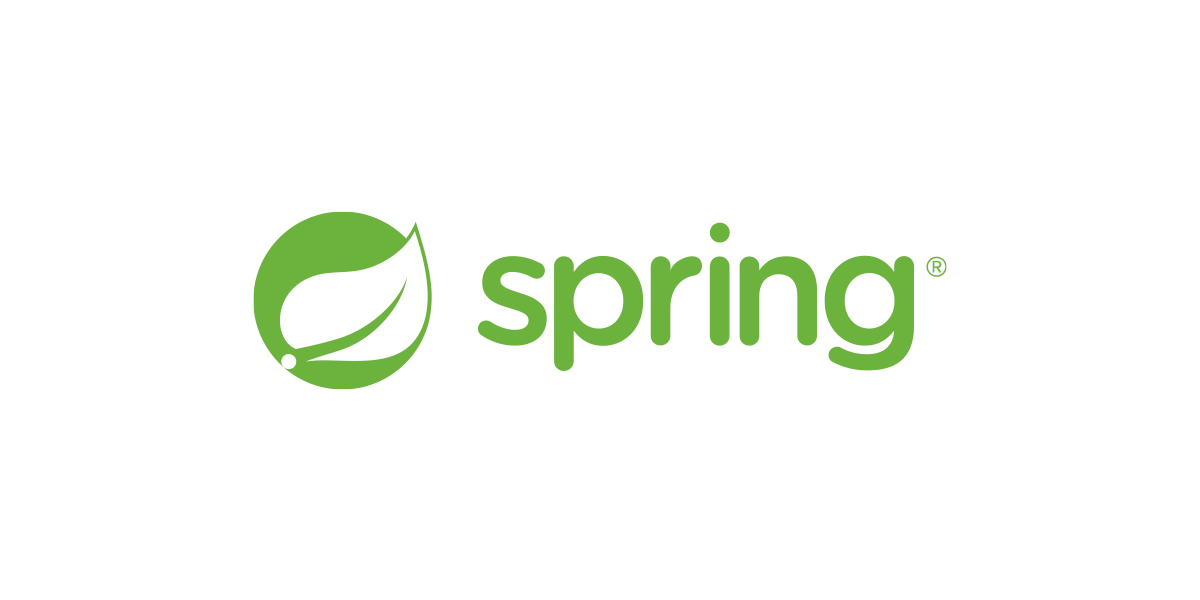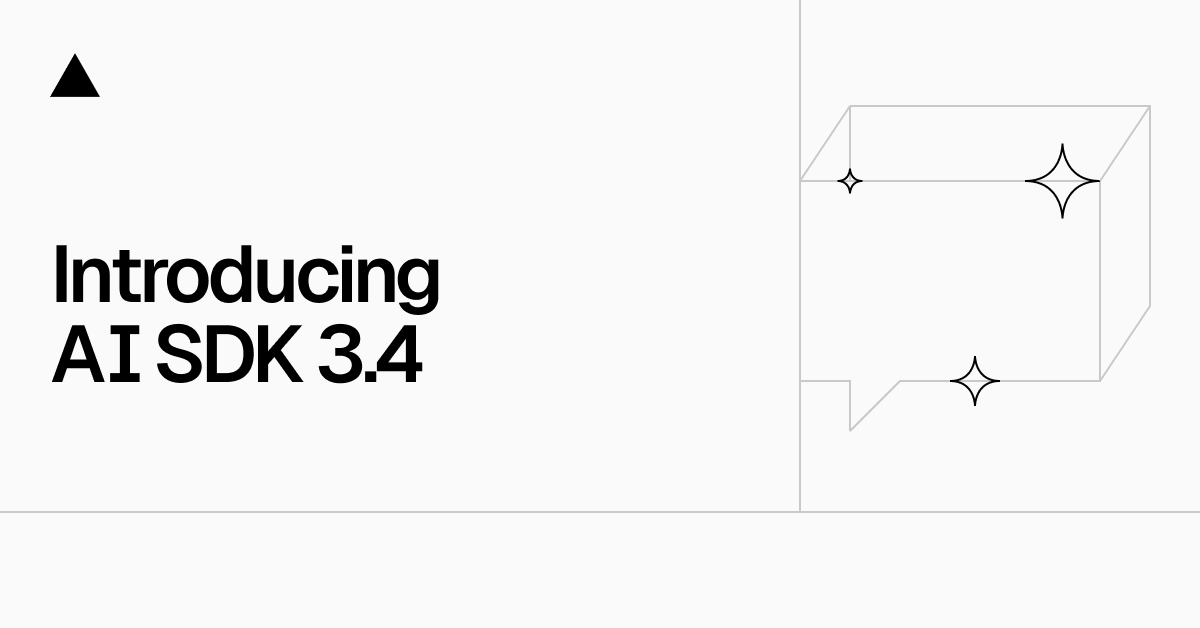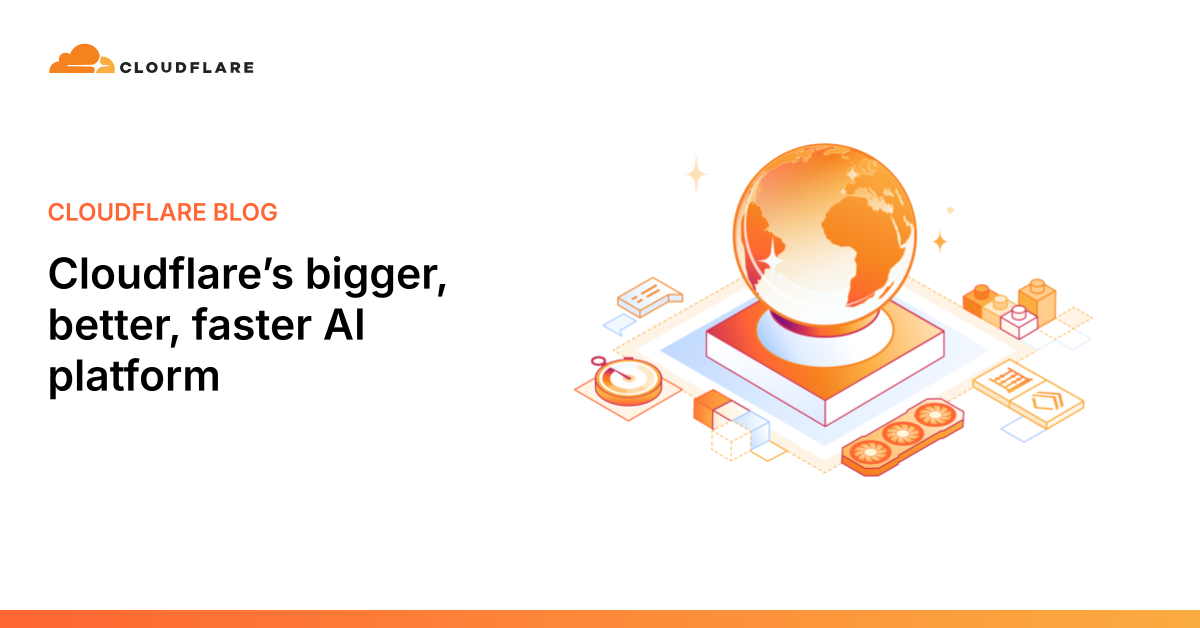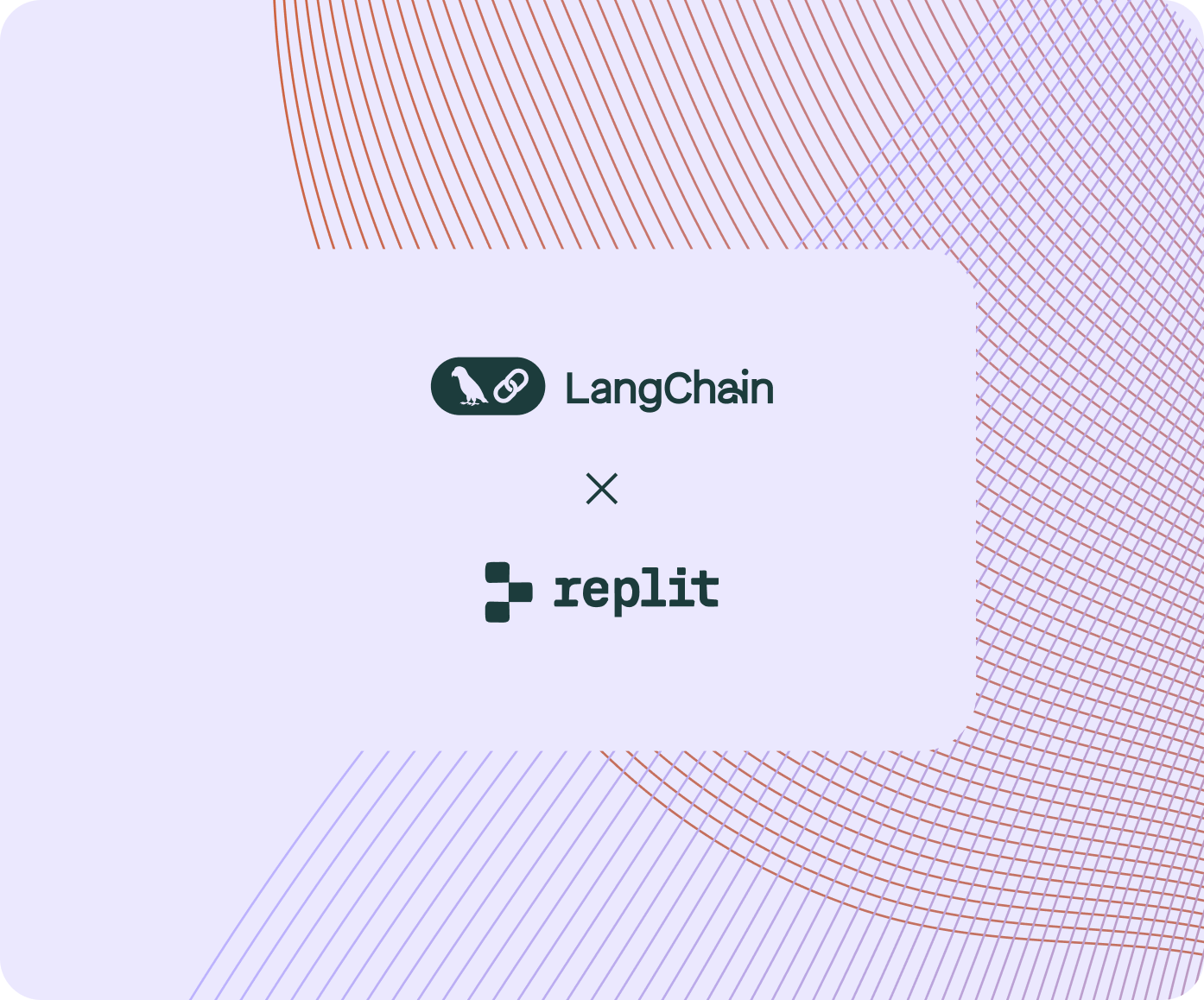This article delves into Tencent Yuanbao, an AI product developed by Tencent, examining its features, core technology, market positioning, and user base. Tencent Yuanbao, comparable to ChatGPT, focuses on improving user efficiency. It is positioned as an efficiency tool platform, prioritizing AI search, reading, and creative capabilities, while not yet incorporating voice chat or intelligent entity creation. As a direct application of the Hunyuan Large Model, a powerful language model developed by Tencent, Tencent Yuanbao connects various Tencent products, showcasing the company's AI prowess. Tencent Yuanbao excels in AI search, particularly in retrieval results, indexed data, and answer quality, outperforming competitors. Doubao and Yuanbao offer personalized AI writing features, supporting outline editing and custom reference materials, but the professionalism and quality of the generated results require improvement. Doubao performs well in AI voice chat, while both Yuanbao and Doubao demonstrate significant advantages in AI reading. Tencent Yuanbao enhances information acquisition, content production, and workflow efficiency through open-source integration and the Hunyuan Large Model. Future commercialization may be achieved through subscription models, as advertising models may not be suitable. Core user motivations for paying include improved efficiency in information acquisition, deep content production, and workflow efficiency. Tencent Yuanbao collaborates with multiple brands to launch branded AI, aiming to enhance brand influence and user growth, while also testing the development capabilities of Yuanbao's intelligent agents. The selection of branded AI is primarily based on life and creative scenarios, with potential expansion into more areas in the future. Yuanbao's collaboration strategy aims to make intelligent agents more aligned with users' actual usage scenarios, thereby providing practical value.

















